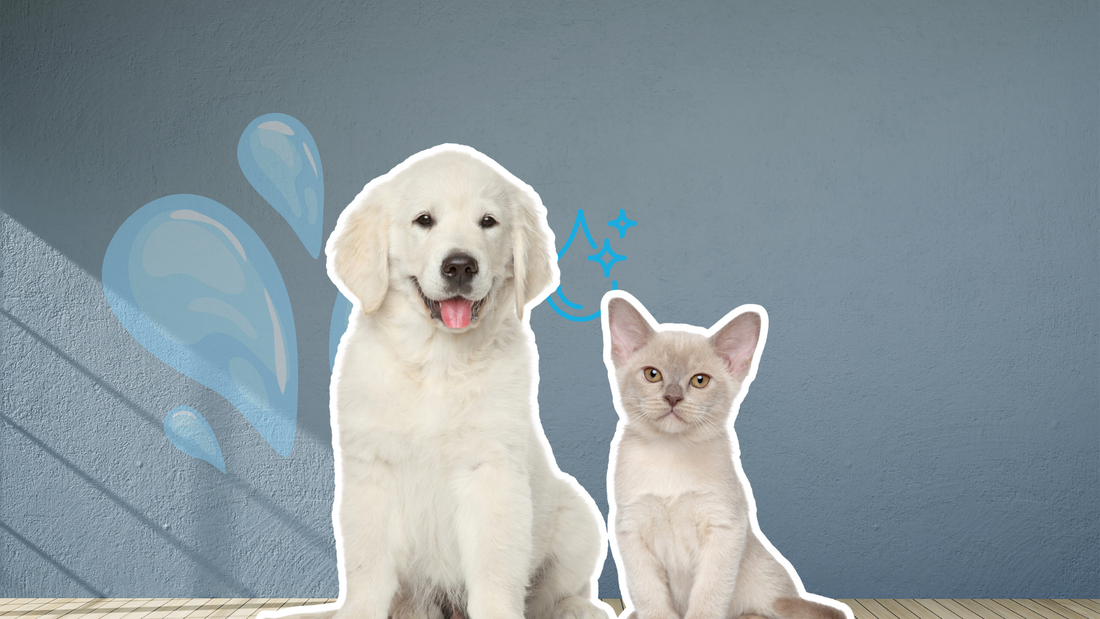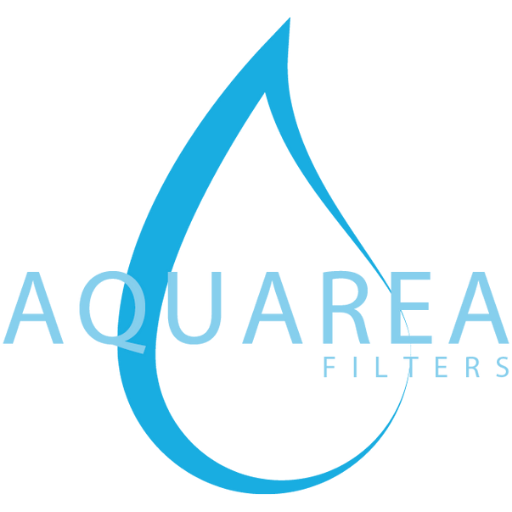
How safe is tap water for pets? 🐾💧
Pets are members of our family, and their health often depends on details that we sometimes don't even pay attention to. One such detail is how much water our dog or cat drinks every day . Tap water is technically considered safe to drink in many countries, but it's not always safe for pets.
Chlorine and chloramine
Chlorine is the most commonly used disinfectant for municipal water . Chlorine kills bacteria and viruses, but can react with ammonia or organic contaminants in the water to form chloramines. - A more stable chemical compound that retains antiseptic properties in pipes for a long time.
Both substances can have negative effects on pets:
- Causes gastrointestinal irritation , vomiting, or diarrhea.
- It overloads the liver and kidneys .
- It often causes fur and skin problems - dryness, itching, and fur loss.
Heavy metals
Heavy metals can enter the water from old pipes:
- Lead (Pb) - damages the nervous system, immunity, and accumulates in the bones, liver, and kidneys.
- Copper (Cu) - Excessive amounts cause liver disease, anemia, and digestive system disorders.
Heavy metals slowly accumulate in an animal's body, and the effects may only become apparent years later.
Microplastics and PFAS
Modern studies show that microplastics and “persistent chemicals” (PFAS) are often found in tap water.
- They accumulate in the liver, kidneys, and blood.
- Disrupts hormonal balance.
- Increases the risk of chronic diseases.
How can we protect our four-legged friends?
- Our pets can't choose what they drink - they are completely dependent on us. That's why clean water is so important .
- If the water contains chlorine, heavy metals, or bacteria, it directly affects their health: it can cause digestive problems, kidney strain, skin irritation, and loss of energy.
- The easiest way to prevent this danger for them is to provide them with clean, filtered water daily.
Daily tips
- Change the water at least twice a day.
- Use a stainless steel or ceramic bowl - bacteria accumulate quickly in plastic containers.
- If the animal drinks little, try a water fountain - moving water is much more attractive.
- Check and replace filter cartridges regularly to keep the water clean and safe.
Conclusion
Tap water is not always safe for pets. Chlorine, chloramine, heavy metals, bacteria, and microplastics pose serious health risks to their pets.
A filtration system is the easiest and most effective way to provide your loyal friend with clean, healthy, and safe water every day.
